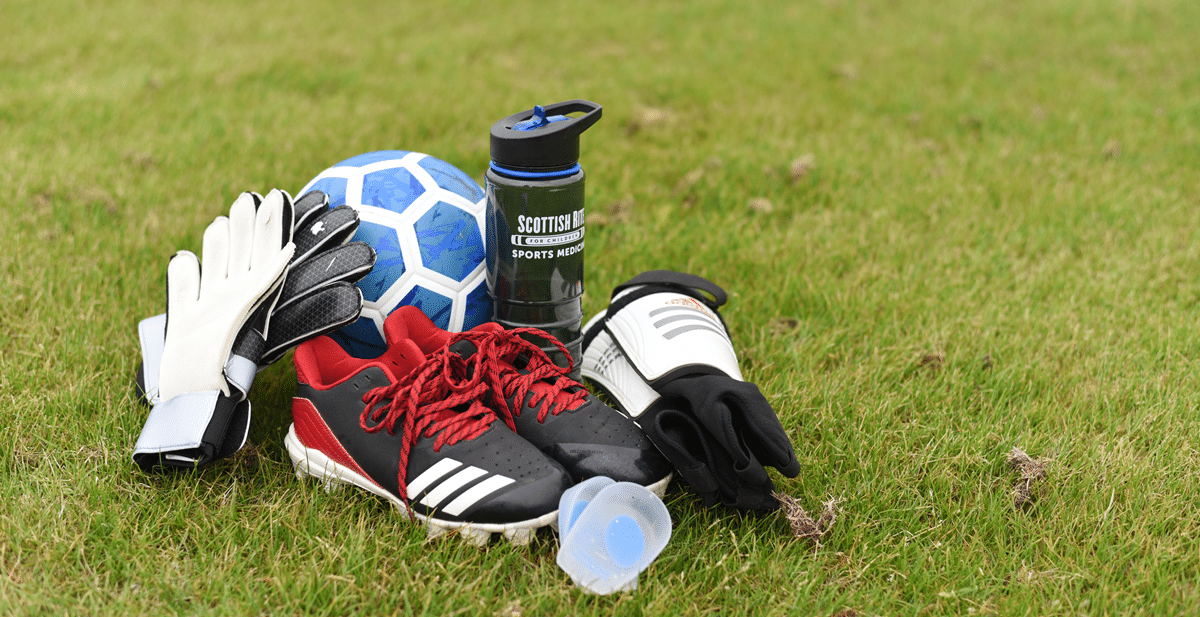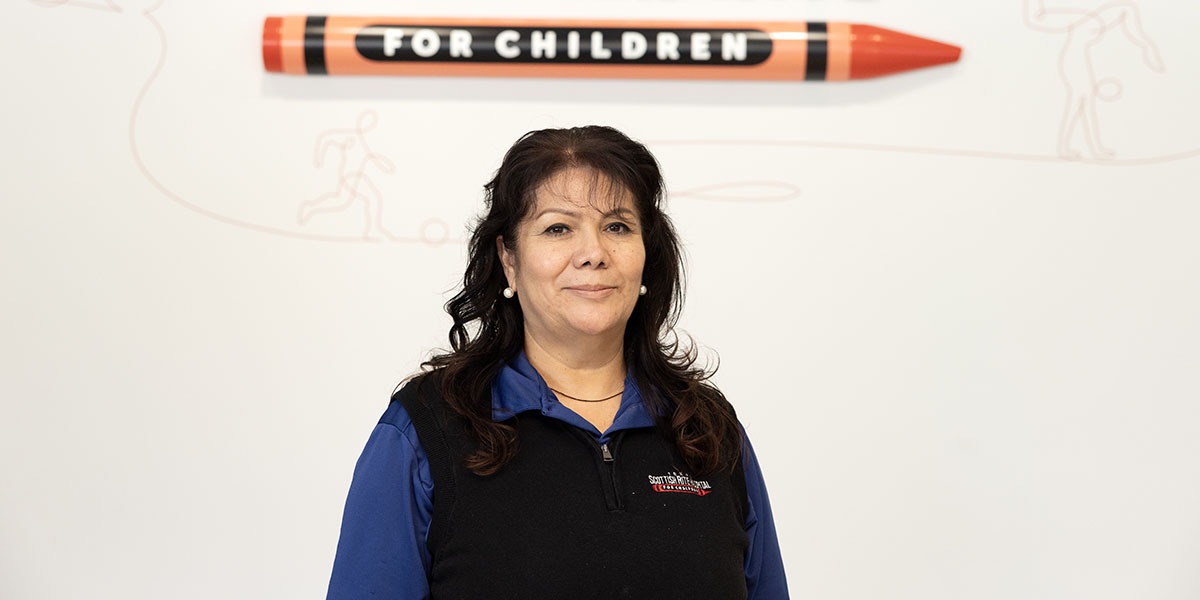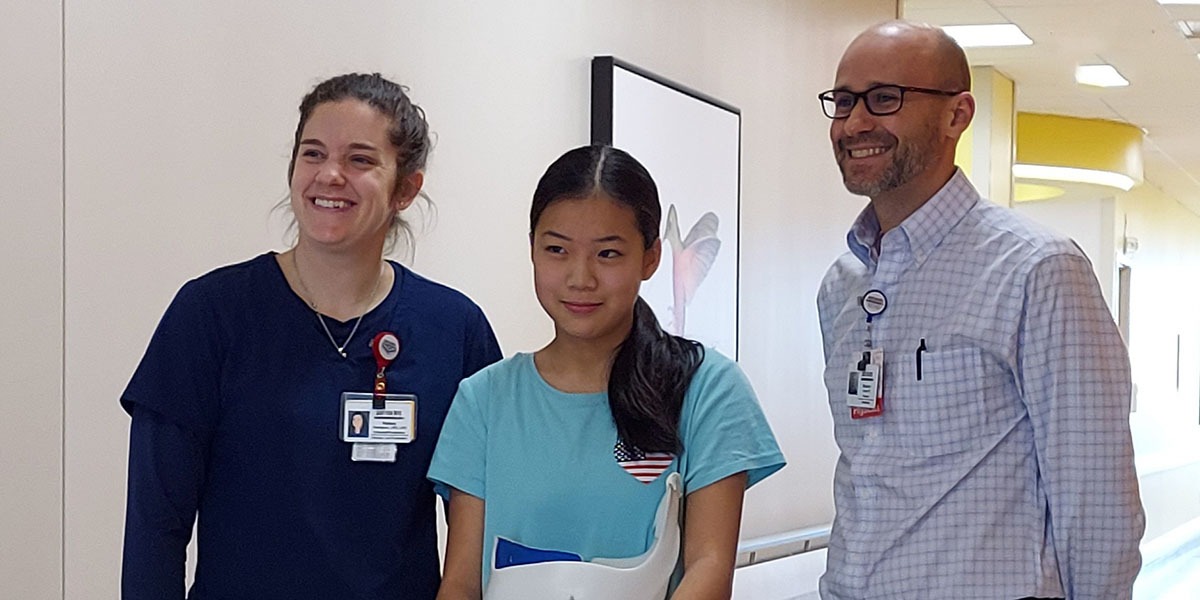A serious condition with a funny-sounding name, turf toe can sideline aspiring and professional athletes alike. It’s a condition that targets one of an athlete’s most important tools — their feet. Learn how you can identify turf toe in your child and the steps you can take to keep it from ruining their season.
What Is Turf Toe?
In very basic terms, a turf toe injury is a sprain that impacts the big toe’s main joint — the metatarsophalangeal joint. It occurs when the joint gets bent beyond its normal range of motion, leading to stretches or tears in the ligaments, tendons and tissues that hold the joint in place.
What Causes Turf Toe?
Turf toe got its name because it was first seen in football players who play on artificial turf. The firm and less forgiving surface can contribute to strains on the big toe during play.
Nowadays, doctors see this injury in athletes who play any sport that involves running, jumping and other activities that place a lot of strain on the foot and big toe. Those sports include basketball, dance, gymnastics, soccer and wrestling.
In those sports, as with football, footwear can play a role in causing turf toe. Wearing shoes with flexible soles that do not adequately support the big toe joint can increase the risk, whereas stiff-soled shoes offer better protection.
What Are Common Symptoms of Turf Toe?
Common symptoms include:
- A feeling of instability or weakness in the big toe
- Bruising
- Difficulty walking or bearing weight on the affected foot
- Limited range of motion in the big toe
- Pain, tenderness, and swelling at the base of the big toe
If your child experiences discomfort or pain in the big toe joint after activity or playing sports, schedule an appointment with a sports medicine specialist. It can take time to recover from turf toe, so treating the condition at the first signs of pain can reduce your child’s time on the sidelines.
Diagnosing turf toe begins with a physical exam. Your child’s doctor will measure the toe’s range of motion and look for signs of tenderness and instability. Your child may have an X-ray to rule out any fractures, but sometimes the doctor will order an MRI scan. This type of imaging provides detailed views of the foot’s soft tissues, helping to confirm the extent of the injury.
How Long Does Turf Toe Take to Heal?
The recovery time for turf toe can vary depending on the severity of the injury and how well it is managed. In general, mild cases of turf toe may heal in a few weeks, while more severe cases can take several months for full recovery. To help your child heal as quickly as possible, follow their treatment plan and doctor’s recommendations.
Treating turf toe typically involves a combination of the following:
- Rest, ice, compression and elevation, a.k.a. “RICE.” The RICE method starts with letting the joint rest and allowing it to heal. Your child should avoid activities that put strain on the big toe joint. Applying ice, compressing the affected area with a bandage, and elevating the foot can help reduce pain and swelling.
- Anti-inflammatory medications. Over-the-counter anti-inflammatory medications can help manage pain and reduce inflammation, but ask your child’s doctor which medications to use. Aspirin and adult-strength medications may not be safe for your child.
- Custom orthotics. Depending on your child’s injury and sport, their doctor may recommend custom orthotic inserts to support and protect the big toe.
- Physical therapy. Physical therapy can restore strength and range of motion in the big toe. A physical therapist can provide exercises and techniques to promote healing and prevent future injuries.
Is It Safe to Walk on Turf Toe?
In mild cases of turf toe, it may be possible to walk with some discomfort, although rest is still recommended. Your child should listen to their body and avoid activities that worsen their pain or discomfort.
What Happens to Untreated Turf Toe?
If left untreated, turf toe can lead to complications and chronic issues, including:
- Increased pain and discomfort
- Limited range of motion in the big toe
- Reduced athletic performance
- Risk of future injuries or damage to the joint
Can You Prevent Turf Toe From Coming Back?
You can reduce your child’s risk of getting turf toe again by helping them take some simple preventive measures:
- Wear proper footwear with stiff soles that adequately support the big toe joint.
- Use orthotic inserts if your child’s doctor recommends them.
- Practice exercises that strengthen the muscles around the big toe joint to provide additional support.
- Learn proper running and movement techniques to limit strain on the big toe.
Scottish Rite for Children has the experience necessary to help your child overcome (or prevent) turf toe. Call 469-515-7100 to schedule an appointment with one of our experts.














